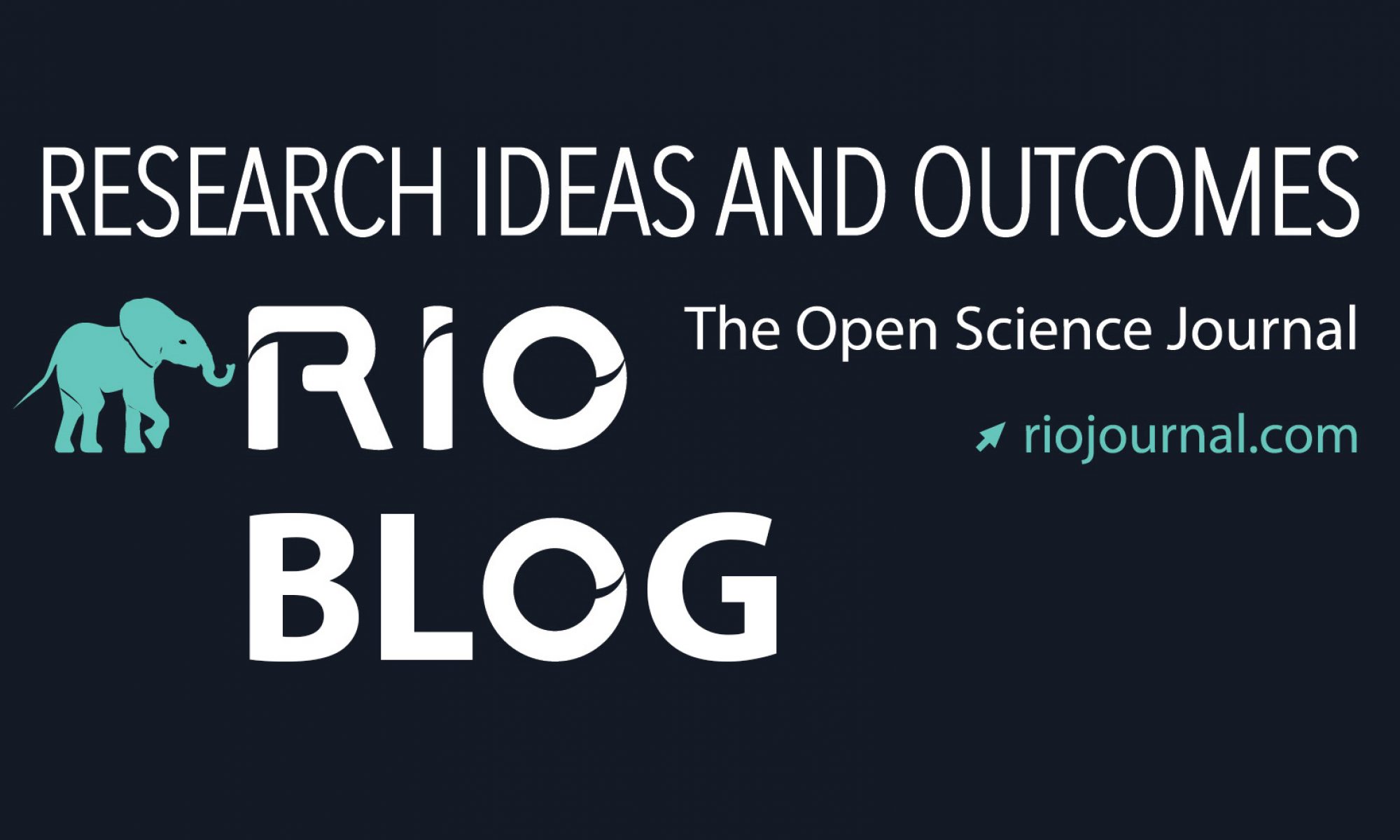There are a lot of really interesting works being published over at Research Ideas and Outcomes (RIO). If you aren’t already following the updates you can do so via RSS, Twitter, or via email (scroll to the bottom for sign-up).
In this post I’m going to discuss why Chad Hammond’s contribution is so remarkable and why it could represent an exciting model for a more transparent and more immediate future of scholarly communications.
So, what’s special?
Well, to state the obvious first: it’s a grant proposal, not a research article. RIO Journal has published quite a lot of research proposals now, it’s becoming a real strength of the journal. But that’s not the really interesting thing about it. The really cool thing is that Chad published this grant proposal with RIO before it was submitted it to the funder (Canadian Institutes of Health Research) for evaluation.
You’ll see the publication date of Version 1 of the work is 24th March 2016. Pleasingly, after publication in RIO Chad’s proposal was evaluated by CIHR and awarded research funding. Chad received news of this in late April:
🎵 "I…just got CIHR.
And I owe it to Reviewer #2" 🎵@AcademicsSay— Chad Hammond (@c_hammond14) April 30, 2016
…and the story gets even better from here because thanks to RIO’s unique technology called ARPHA, Chad was able to re-import his published article back into editing mode, to update the proposal to acknowledge that it had been funded:
This proposal was submitted to and received funding from the annual Canadian Institutes of Health Research (CIHR) competition for postdoctoral fellowships.
The updated proposal was then checked by the editorial team and republished as an updated version of the original proposal: Version 2, making-use of CrossMark technology to formally link the two versions and to make sure readers are always made aware if a newer version of the work exists. Chad’s updated proposal now has a little ‘Funded’ button appended to it (see below), to indicate that this proposal has been successfully funded. We hope to see many more such successfully funded proposals published at RIO.
With permission given, Chad was also able to supply some of the reviewer comments passed to him from CIHR reviewers as supplementary data to the updated Version 2 proposal. These will undoubtedly provide invaluable insight into reviewing processes for many.
Finally, for funders and publishing-tech geeks: you should really take note of the lovely machine-readable XML-formatted version of Chad’s proposal. Pensoft has machine-readable XML output as standard, not just PDF and HTML. Funding agencies around the world would do well to think closely about the value of having XML-formatted machine-readable grant proposal submissions. There’s serious value to this and I think it’s something we’ll see more of in the future. Pensoft is actively looking to work with funders to develop further these ideas and approaches for genuinelyadding-value to scholarly communications.
RIO is truly an innovative journal don’t you think?
References
Version 1:
Hammond C (2016) Widening the circle of care: An arts-based, participatory dialogue with stakeholders on cancer care for First Nations, Inuit,and Métis peoples in Ontario, Canada. Research Ideas and Outcomes 2: e8615. doi: 10.3897/rio.2.e8615
Version 2:
Hammond C (2016) Widening the circle of care: An arts-based, participatory dialogue with stakeholders on cancer care for First Nations, Inuit, and Métis peoples in Ontario, Canada. Research Ideas and Outcomes 2: e9115. doi: 10.3897/rio.2.e9115
This blog post was originally published on Ross Mounce’s blog.





